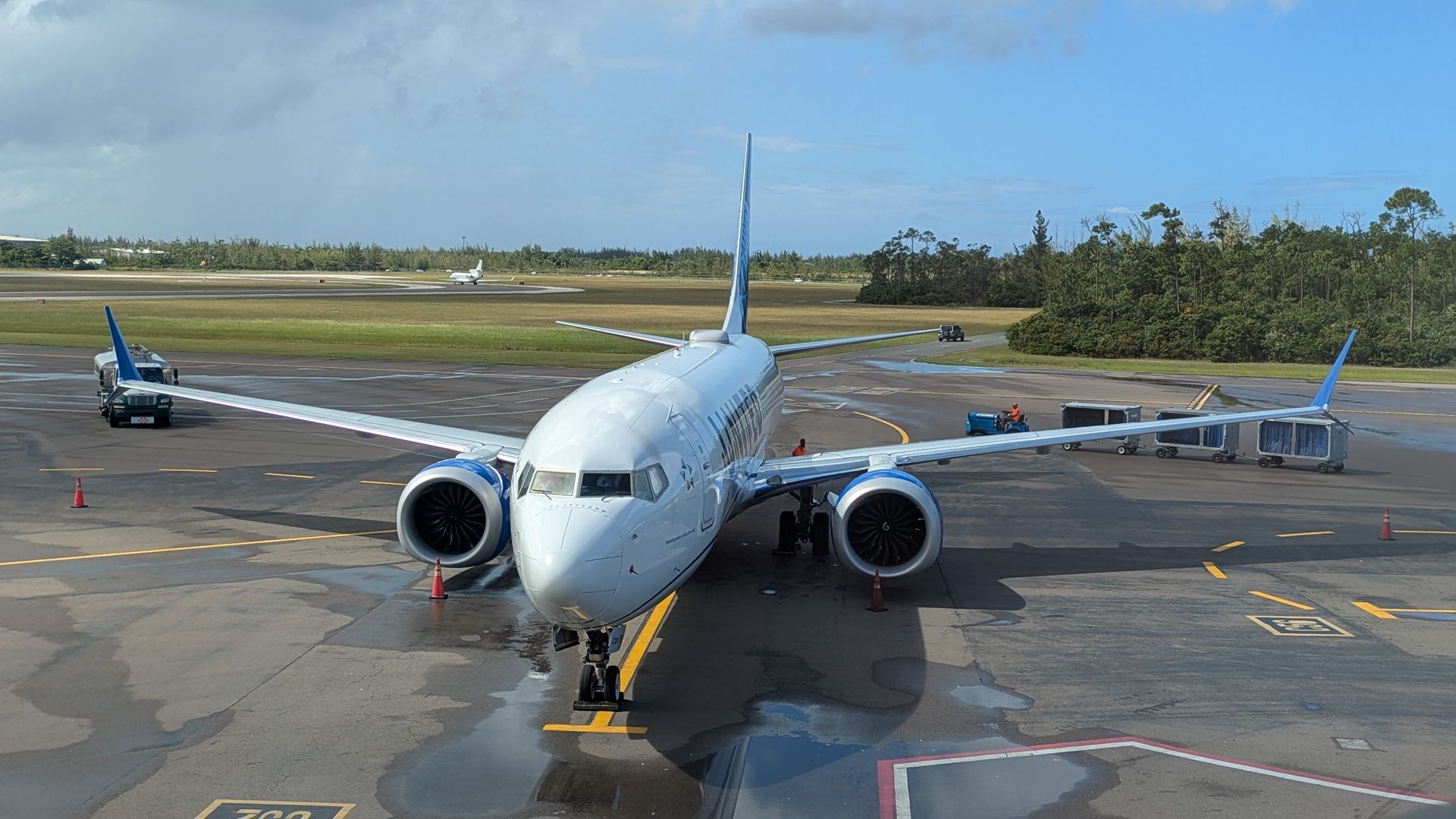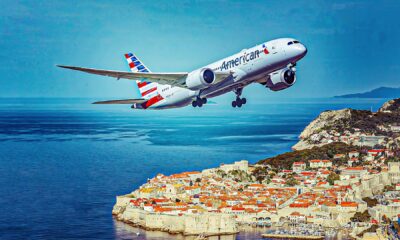World
United Airlines Boeing 737 Collides with Weather Balloon at 36,000 Feet

The National Transportation Safety Board (NTSB) has confirmed that a United Airlines Boeing 737 collided with a commercial weather balloon at an altitude of 36,000 feet over Utah last month. This incident resulted in significant damage to the aircraft’s cockpit windshield, showering the pilots with glass, although they managed to divert safely to Salt Lake City. The captain sustained lacerations to his right arm, while initial concerns about space debris were later clarified.
On October 16, 2025, United Flight 1093 took off from Denver International Airport (DEN) en route to Los Angeles International Airport (LAX). The aircraft was cruising near Moab, Utah, when the captain observed an object in the distance. Before he could alert the first officer, the Boeing 737 encountered the object, producing a “loud bang” and causing shards of glass to enter the cockpit.
Investigation Reveals Balloon’s Path
During its investigation, the NTSB found that the high-altitude global sounding balloon (GSB) was launched by California-based WindBorne Systems from Spokane, Washington, the day prior to the incident. The balloon, which lost contact during its flight, had traveled south through Oregon and Nevada before turning northeast into Utah. According to the NTSB report, “The GSB was launched from Spokane, Washington at 1129 MDT on October 15, 2025,” and was crossing the United jet’s flight path at the time of the accident.
NTSB Chair Jennifer Homendy noted that the collision could have had catastrophic consequences for the aircraft and its occupants. While only the captain was injured, damage to other parts of the aircraft might have led to a more severe situation. Fortunately, cabin pressurization remained stable after the impact, although the first officer’s window overheat light activated at one point.
WindBorne Systems Responds to Incident
In response to the incident, WindBorne Systems emphasized that their GSBs are designed to minimize damage during collisions. The company employs lightweight materials, with balloon envelopes and ballast containers made from thin plastic film and silica, avoiding large metal or stiff structures. To prevent future occurrences, WindBorne Systems plans to enhance air traffic alerts and reduce the time its balloons spend in commercial airspace.
Aircraft windshields are engineered to endure impacts, including bird strikes. The NTSB pointed out that they are certified to withstand a collision with a four-pound bird without breaching the glass. The windshield on the involved Boeing 737 MAX was manufactured by PPG Aerospace and features multiple layers, including a thermally tempered glass pane and a conductive heating film for de-icing capabilities.
As of now, the aircraft, registered as N17327, remains grounded more than a month after the incident. Following its diversion to Salt Lake City, the plane completed a brief flight to Chicago Rockford on October 19 but has not returned to service since. The damaged windshield has been sent to the NTSB Materials Lab in Washington, D.C., for further examination.
United Airlines has been contacted for comment regarding the incident, with updates expected as the situation develops.
-

 Politics3 weeks ago
Politics3 weeks agoSecwepemc First Nation Seeks Aboriginal Title Over Kamloops Area
-

 World4 months ago
World4 months agoScientists Unearth Ancient Antarctic Ice to Unlock Climate Secrets
-

 Entertainment5 months ago
Entertainment5 months agoTrump and McCormick to Announce $70 Billion Energy Investments
-

 Lifestyle4 months ago
Lifestyle4 months agoTransLink Launches Food Truck Program to Boost Revenue in Vancouver
-

 Science5 months ago
Science5 months agoFour Astronauts Return to Earth After International Space Station Mission
-

 Technology3 months ago
Technology3 months agoApple Notes Enhances Functionality with Markdown Support in macOS 26
-

 Top Stories2 months ago
Top Stories2 months agoUrgent Update: Fatal Crash on Highway 99 Claims Life of Pitt Meadows Man
-

 Lifestyle3 months ago
Lifestyle3 months agoManitoba’s Burger Champion Shines Again Amid Dining Innovations
-

 Sports5 months ago
Sports5 months agoSearch Underway for Missing Hunter Amid Hokkaido Bear Emergency
-

 Politics4 months ago
Politics4 months agoUkrainian Tennis Star Elina Svitolina Faces Death Threats Online
-

 Politics4 months ago
Politics4 months agoCarney Engages First Nations Leaders at Development Law Summit
-

 Technology5 months ago
Technology5 months agoFrosthaven Launches Early Access on July 31, 2025





















